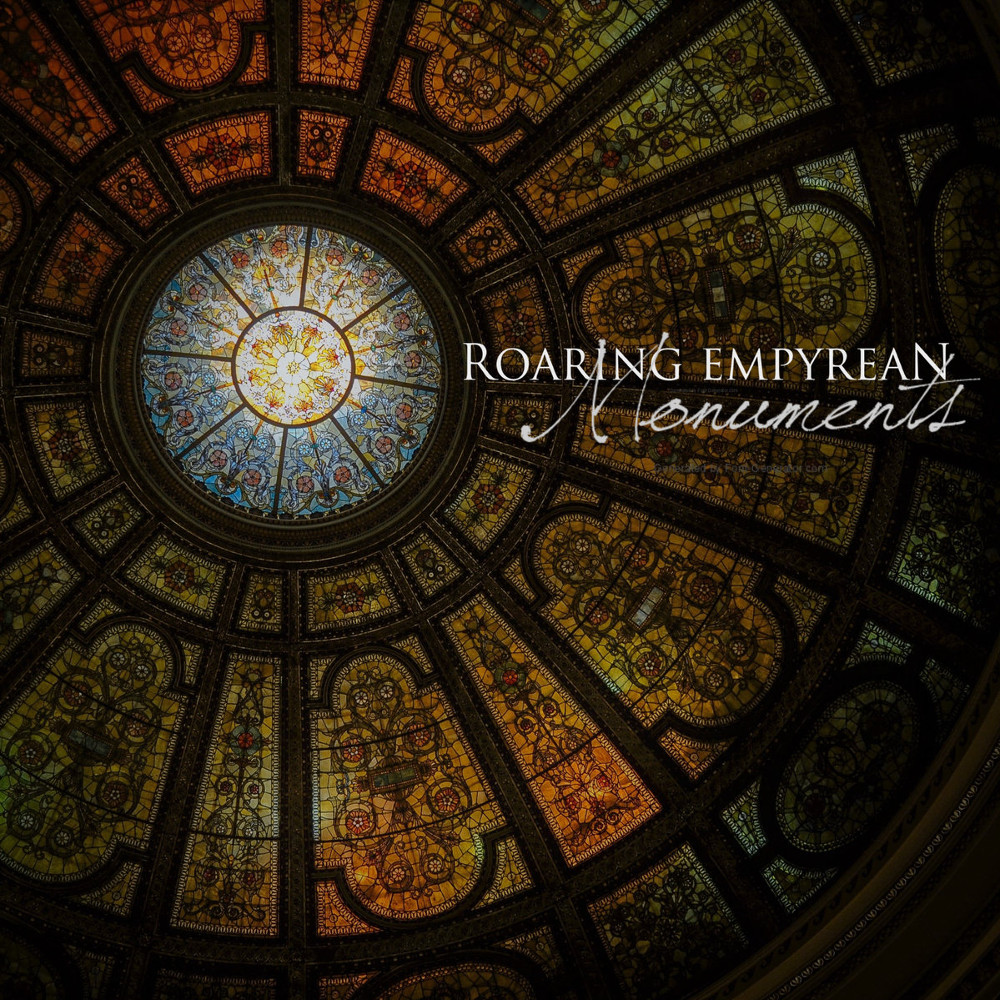 |
Country: Iran
Style: Funeral Doom Metal
Rating: 6/10
Release Date: 1 Apr 2019
Sites: Bandcamp | Instagram
In keeping with this site's mission of discovery, here's something completely different. There's not a lot about Roaring Empyrean online, but some googling around suggests that it's the project of one man in Tehran, Iran called Amir Asadi.
He released an album called To Earth's Heart under this banner back in 2013 and a pair of EPs last year. What's odd is that Roaring Empyrean appears to be an exploration of contrasts, epitomised by two rather different musical styles: funeral doom metal and new age.
And yeah, that's a really odd combination! Funeral doom tends to be slow and crushing, a contemplation of mortality. New age, on the other hand, tends to be uplifting through nature, a celebration of existence. I was intrigued to find how Asadi merged the two and whether it could remotely work. Sure, Ahab and Enya each have four letter names but what middle ground could they find?
Having listened through Monuments a few times, I think it does work, as odd as it seems. As you can imagine, these are soundscapes so the hour that this album runs is taken up by four long tracks, a six minute intro and a brief interlude.
That intro, Into the Valley, sets the scene pretty well. It opens with what sounds like a cello, a dark and rich sound that's joined by traditional doom soon enough. It builds itself up as it tears itself down, which isn't a bad way to look at this album.
The first track proper is Cathedral of Thousand Hallways and the same thing happens on a much more epic scale. Rarely have I heard a song named so well! Even without the title, this would have transported me into a vast cathedral, so vast that it's easy to get lost, even though there's music all around to guide me back, albeit music echoing in the vastness. Was that a harpsichord? A carillon? Certainly that's a massive church organ. All these sounds collide within what is clearly the first monument.
The only catch to Cathedral of Thousand Hallways is that it fades out, after eleven minutes, rather than finding a better way to end. I certainly preferred it to Mountains of Torment, which got away from me. It's an intriguing piece, though, with plodding bass and crashing guitar. I presume the point here is that the title doesn't necessarily have to refer to manmade monuments but to ones that nature crafted into place too and it would be odd to see mountains of torment that didn't have, well, torment. There's plenty of that here, but an awe too at the sheer majesty of creation.
Dance of the Bleeding Earth is memorable though, very organic and mindful of the patterns of large complex systems in nature, especially during the later parts. It floats a lot in its early stages, as if close to the ground, but swells in the later ones, as if it's found a way to fly. I didn't grasp the bleeding but I presume Asadi had a vision of some sort in mind.
As the title might suggest, The Soaring Essence goes a lot more for swelling than floating. It's certainly the most uplifting piece, even though it never speeds up its drums. It's the strings that do it, even though there's a neat Beethoven-esque piano underneath it all as if to remind us that there's still ground below. What seems odd is that the strings get more and more curious as the track runs on.
I'm happy I found this album, because it does something different. Depending on the perspective you bring with you, it's either the most cheerful funeral doom or the darkest new age music that you've ever heard. Now I know what it sounds like, I can grasp it and The Soaring Essence, all sixteen minutes of it, suddenly feels like a statement. After all, the point where fundamentally different genres meet is the point where new ones are born.
No comments:
Post a Comment